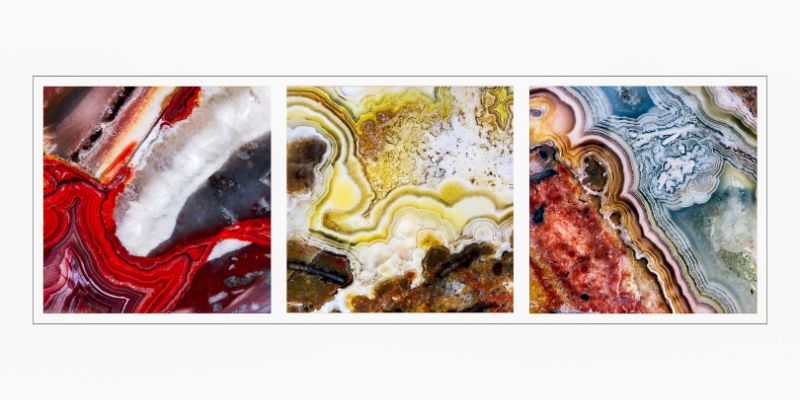عندما يتعلق الأمر بفن الراتنج، غالبًا ما يطرح المبتدئون العديد من الأسئلة. إليك بعض الاستفسارات الشائعة:
-
هل راتنج الإيبوكسي آمن للاستخدام داخل المنزل؟ يتساءل الكثيرون عن مدى سلامة استخدام راتنج الإيبوكسي في الأماكن المغلقة. من المهم اتخاذ احتياطات السلامة الأساسية، كالعمل في منطقة جيدة التهوية وارتداء معدات واقية كالقفازات والنظارات الواقية. مع ذلك، قد تختلف إرشادات السلامة المحددة باختلاف ماركة ونوع الراتنج المستخدم.
-
هل أحتاج إلى ارتداء جهاز التنفس الصناعي؟ مع أن ارتداء قناع التنفس ليس ضروريًا دائمًا لفنون الراتنج، يُنصح بارتدائه عند العمل بالراتنج في منطقة سيئة التهوية أو عند استخدام أنواع معينة من الراتنج تنبعث منها أبخرة قوية. يُفضل اتباع تعليمات الشركة المصنعة وإرشادات السلامة.
-
كيف يمكنني منع ظهور الفقاعات في الراتينج الخاص بي؟ تُعدّ الفقاعات مشكلة شائعة في فن الراتنج. ولمنع ظهورها، من المهم خلط الراتنج والمصلب جيدًا وبرفق لتجنب دخول الهواء. ومن الطرق لتقليل ظهور الفقاعات استخدام مسدس حراري أو شعلة لإزالتها، والعمل في بيئة دافئة، وترك الراتنج لبضع دقائق بعد الخلط للسماح للفقاعات بالظهور على السطح.
-
لماذا مشروع الراتينج الخاص بي لا يتصلب؟ هناك عدة أسباب لعدم تماسك الراتنج بشكل صحيح. قد يكون ذلك بسبب عدم دقة نسبة الراتنج إلى المُصلِّب، أو عدم كفاية الخلط، أو انخفاض درجات الحرارة، أو انتهاء صلاحية الراتنج أو المُصلِّب. من المهم اتباع تعليمات الشركة المُصنِّعة بدقة والتأكد من أن ظروف مكان العمل مناسبة للتصلب.
-
كم من الوقت يجب أن أستخدم الراتنج قبل أن يجف؟ يختلف عمر الراتنج، أو مدة صلاحيته، باختلاف العلامة التجارية والنوع. من الضروري مراجعة تعليمات الشركة المصنعة لتحديد مدة عمل الراتنج المُستخدم. بعد انقضاء هذه المدة، يبدأ الراتنج بالتصلب ويصبح غير صالح للاستخدام.
هذه بعض الأسئلة الشائعة التي يطرحها المبتدئون حول فن الراتنج. يُنصح دائمًا بالاطلاع على إرشادات الشركة المصنعة وتعليمات الراتنج المستخدم لضمان أفضل النتائج.


فن الراتنج: التقاط جمال أمواج المحيط
• كيفية الاختيار بين أداة الحرارة ومسدس الحرارة ومجفف الشعر؟